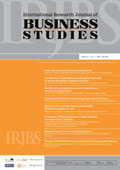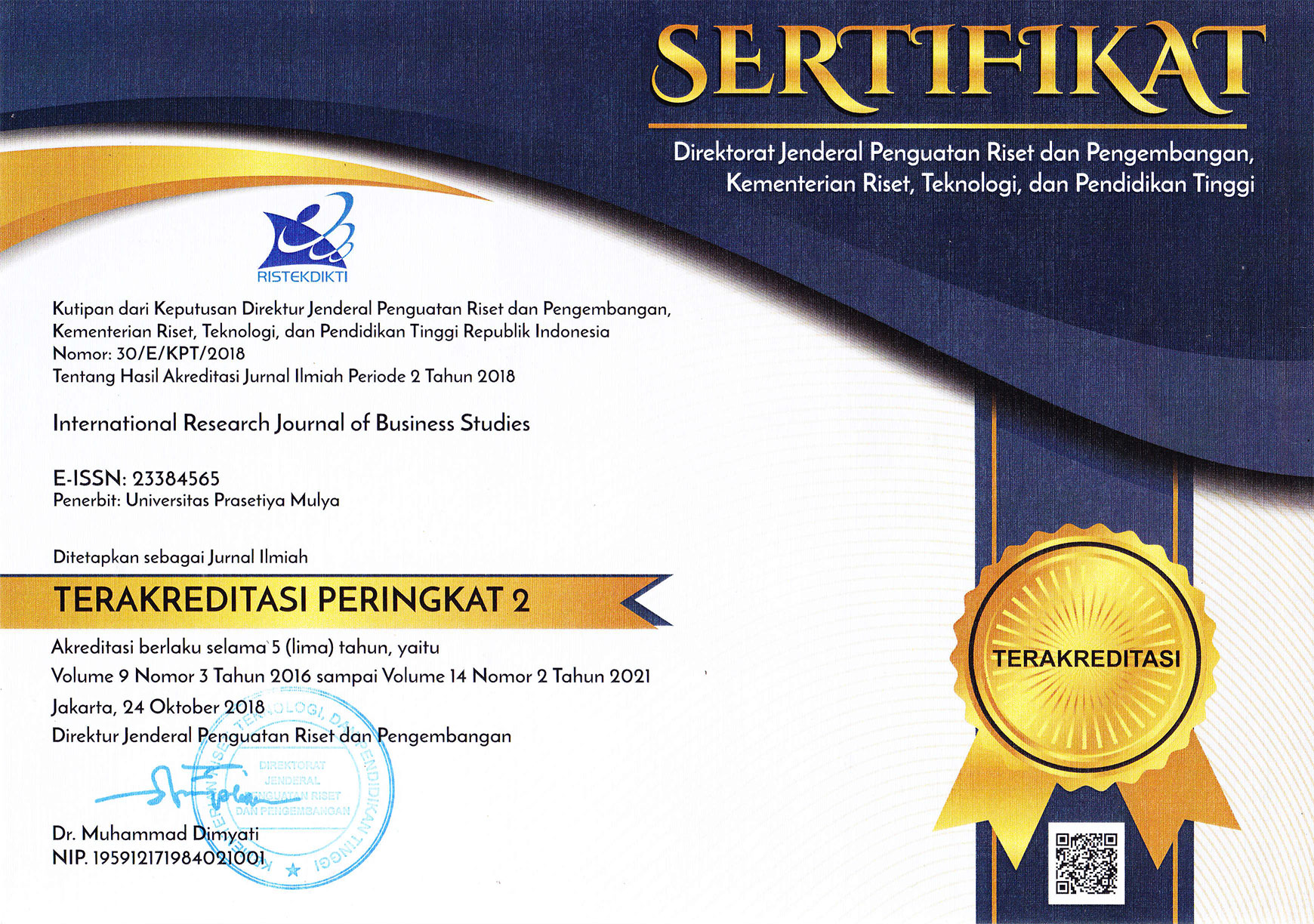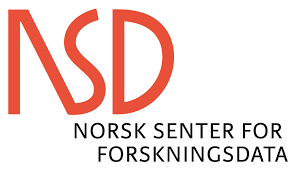Article Metrics |
|
|
Is There Any Discrimination Towards Young Women in Indonesia’s Labor Market?
Abstract
Gender equality is one of the most important issues in the labor market. In this paper, we want to observe the level of gender equality in Indonesia’s labor market. One of the ways to do this is to estimate the relationship between gender and salary. We obtained a sample size of 1404 white-collar Indonesian employees, which consists of several variables such as salary, gender, age, education level, university, experience, job role, managerial role, and company size. We estimated the relationship using Ordinary Least Squares and Blinder Oaxaca Decomposition, and conclude that in general, gender has no significant impact on salary after holding all other variables constant. However, when we subset the data set to only young workers, we found evidence of salary-based discrimination towards young women in Indonesia’s labor market.
Keywords: gender equality, gender pay-gap, Indonesia, labor economics
(1) Faculty of Economics and Business, Atma Jaya Catholic University, Jakarta, Indonesia
* Corresponding Author
 https://doi.org/10.21632/irjbs.12.1.69-86
https://doi.org/10.21632/irjbs.12.1.69-86
Full Text:
References
Abras, A., Hoyos, A., Narayan, A., & Tiwari, S. (2013). Inequality of Opportunities in The Labor Market: Evidence from Life in Transition Surveys in Europe and Central Asia. IZA Journal of Labor & Development, 2, 1-22.
Barbezat, D. A., & Hughes, J. W. (2005). Salary Structure Effects and The Gender Pay Gap in Academia. Research in Higher Education, 46, 621-640.
Biografiku. (2017, January 12). Biografi R. A. Kartini – Pahlawan Emansipasi Wanita Indonesia (R. A. Kartini Biography – Indonesia’s Female Emancipation Heroine). Retrieved from Biografiku website: https://www.biografiku.com/2009/01/biografi-ra-kartini.html
Blinder, A. S. (1973). Wage Discrimination: Reduced Form and Structural Estimates. Journal of Human Resources, 8(4), 436-455.
Brinton, M. C. (2000). Social Capital in The Japanese Youth Labor Market: Labor Market Policy, Schools and Norms. Policy Sciences, 33, 289-306.
Calderon, C., & Chong, A. (2009). Labor Market Institutions and Income Inequality: An Empirical Exploration. Public Choice, 138, 65-81.
Caraway, T. L. (2009). Labor Rights in East Asia: Progress or Regress?. Journal of East Asian Studies, 9(2), 153-186.
Caraway, T. L. (2010). Labor Standards and Labor Market Flexibility in East Asia. Studies in Comparative International Development, 45, 225-249.
Chalikia, M. H., & Hinsz, V. B. (2013). Sex-Based Salary Disparity and The Uses of Multiple Regression for Definition and Remediation. Current Psychology, 32, 374-387.
Chang, J., Connell, J., Burgess, J., & Travaglione, A. (2014). Gender Wage Gaps in Australian Workplaces: Are Policy Responses Working?. Equality, Diversity and Inclusion: An International Journal, 33(8), 764-775.
Chon, D. S. (2015). Gender Equality, Liberalism, and Attitude Toward Prostitution: Variation in Cross-National Study. Journal of Family Violence, 30, 827-838.
Eibach, R. P., & Ehrlinger, J. (2010). Reference Points in Men’s and Women’s Judgments of Progress Toward Gender Equality. Sex Roles, 63, 882-893.
EKRUT. (2017, October 5). Salary.csv [Data file]. Retrieved from EKRUT: https://ekrut.com/
Elwer, S., Harryson, L., Bolin, M., & Hammarstrom, A. (2013). Patterns of Gender Equality at Workplaces and Psychological Distress. Plos One, 8(1), 1-11.
Ertan, S. (2016). How to Study Gender Equality Policy Cross-Nationally? Aggregate or Disaggregate Gender Equality Policy Indices?. Social Indicators Research, 125, 47-76.
Fischer, R. (2008). Rewarding Seniority: Exploring Cultural and Organizational Predictors of Seniority Allocations. The Journal of Social Psychology, 148(2), 167-186.
Gaddis, I., & Klasen, S. (2014). Economic Development, Structural Change, and Women’s Labor Force Participation: A Reexamination of The Feminization U Hypothesis. Journal of Population Economics, 27, 639-681.
Gender Equality in Ireland. (2017, November 7). What is Gender Equality?. Retreived from Gender Equality in Ireland website: http://genderequality.ie/en/GE/Pages/WhatisGE
Heckert, T. M., Droste, H. E., Adams, P. J., Griffin, C. M., Roberts, L. L., Mueller, M. A., & Wallis, H. A. (2002). Gender Differences in Anticipated Salary: Role of Salary Estimates for Others, Job Characteristics. Career Paths, and Job Inputs, Sex Roles, 47(4), 139-151.
Hussam, M., Debnarova, L., Musova, Z., & Kristofik, P. (2017). Gender Equality and Corporate Governance in Slovakia. Ekonomie a Management, 20(1), 98-110.
Huang, L., & Huang, J. H. (2013). Does Labor Market Rigidity Matter for Economic Performance? Evidence from The Four Asian Tigers. Korea Observer, 44(3), 467-493.
Kwon, K. (2007). Economic Development in East Asia and A Critique of The Post-Confucian Thesis. Theory and Society, 36, 55-83.
Lagerlof, N. (2003). Gender Equality and Long-Run Growth. Journal of Economic Growth, 8, 403-426.
Lei, M., Simons, R. L., Simons, L. G., & Edmond, M. B. (2014). Gender Equality and Violent Behavior: How Neighborhood Gender Equality Influences The Gender Gap in Violence. Violence and Victims, 29, 89-108.
Lowe, K. B., Milliman, J., De Cieri, H. & Dowling, P. J. (2002). International Compensation Practices: A Ten-Country Comparative Analysis. Human Resource Management, 41(1), 45-66.
McCampbell, A. S., Jongpipitporn, C., Umar, I., & Ungaree, S. (1999). Seniority-based Promotion in Thailand: It’s Time to Change. Career Development International, 4(6), 318.
Mincer, J. (1958). Investment in Human Capital and the Personal Income Distribution. Journal of Political Economy, 66, 281-302.
Mincer, J. (1974). Schooling, Experience and Earnings. New York: Columbia University Press for the National Bureau of Economic Research.
Newman, C. J., de Vries, D. H., Kanazuke, J., & Ngendahimana, G. (2011). Workplace Violence and Gender Discrnewmaimination in Rwanda’s Health Workforce: Increasing Safety and Gender Equality. Human Resources for Health, 9-19.
Neyer, G., Lappegard, T., & Vignoli, D. (2013). Gender Equality and Fertility: Which Equality Matters?. European Journal of Population, 29, 245-272.
Noia, J. D. (2002). Indicators of Gender Equality for American States and Regions: An Update. Social Indicators Research, 59, 35-77.
Oaxaca, R. (1973). Male-Female Wage Differentials in Urban Labor Markets. International Economic Review, 14(3), 693-709.
Oaxaca, R. L., & Ransom, M. (2003). Using Econometric Models for Intrafirm Equity Salary Adjustment. Journal of Economic Inequality, 1, 221-249.
Osawa, M. (2005). Japanese Government Approaches to Gender Equality Since The Mid-1990s. Asian Perspective, 29(1), 157-173.
O’Shea, P. G., & Bush, D. F. (2002). Negotiation for Starting Salary: Antecedents and Outcomes Among Recent College Graduates. Journal of Business Psychology, 16(3), 365-382.
Payne, S., & Bennett, L. (2015). Gender Equalities Work in Health Organisations in England. Equality, Diversity and Inclusion: An International Journal, 34(7), 579-592.
Phillips, R. (2015). How ‘Empowerment’ May Miss Its Mark: Gender Equality Policies and How They are Understood in Women’s NGOs. Voluntas, 26, 1122-1142.
Rasiah, R. (2005). The Competitive Impact of China on Southeast Asia’s Labour Markets. Journal of Contemporary Asia, 35(4), 447-470.
Reilly, N. (2013). Gender Equality Policy and Gender Mainstreaming in Irish Aid: From Diffusion to Dilution to Disappearance?. Irish Studies in International Affairs, 24, 237-257.
Repo, J. (2012). The Governance of Fertility Through Gender Equality in The EU and Japan. Asia Europe Journal, 10, 199-214.
Rutt, S. M., & Doverspike, D. (1999). Salary and Organization Level Effects on Job Evaluation Ratings. Journal of Business and Psychology, 14(2), 379-385.
Schnabel, L. (2016). Religion and Gender Equality Worldwide: A Country-Level Analysis. Social Indicators Research, 129, 893-907.
Siim, B. (2013). Gender, diversity and migration - challenges to Nordic welfare, gender politics and research. Equality, Diversity and Inclusion: An International Journal, 32(6), 615-628.
Sorlin, A., Lindholm, L., Ng, N., & Ohman, A. (2011). Gender Equality in Couples and Self-Rated Health – A Survey Study Evaluating Measurements of Gender Equality and Its Impact on Health. International Journal for Equity in Health, 10, 37-47.
Spurk, D., & Abele, A. E. (2011). Who Earns More and Why? A Multiple Mediation Model from Personality to Salary. Journal of Business Psychology, 26, 87-103.
Taniguchi, K., & Tuwo, A. (2014). New Evidence on the Gender Wage Gap in Indonesia. Manila: Asian Development Bank.
The Economist. (2015, March 7). The Weaker Sex. Retreived from The Economist website: https://www.economist.com/news/international/21645759-boys-are-being-outclassed-girls-both-school-and-university-and-gap?fsrc=scn/fb/wl/pe/theweakersex
Torella, E. C. (2011). On Lies and Statistics: The Relationship between Gender Equality and Insurance. ERA Forum, 12, 59-70.
Ui, M., & Matsui, Y. (2008). Japanese Adults’ Sex Role Attitudes and Judgment Criteria Concerning Gender Equality: The Diversity of Gender Egalitarianism. Sex Roles, 58, 412-422.
United Nations. (2018, March 16). Goal 5: Achieve Gender Equality and Empower All Women and Girls. Retreived from United Nations website: http://www.un.org/sustainabledevelopment/gender-equality/
Webbink, E., Smits, J., & Jong, E. (2015). Child Labor in Africa and Asia: Household and Context Determinants of Hours Worked in Paid Labor by Young Children in 16 Low-Income Countries. European Journal of Development Research, 27, 84-98.
Wemlinger, E., & Berlan, M. R. (2016). Does Gender Equality Influence Volunteerism? A Cross-National Analysis of Women’s Volunteering Habits and Gender Equality. Voluntas, 27, 853-873.
Velluti, S. (2008). Promotion of Gender Equality at The Workplace: Gender Mainstreaming an Collective Bargaining in Italy. Feminist Legal Studies, 16, 195-214.
Wan, H. L. (2006). Japanese Remuneration Systems in Malaysia: A Case Study Analysis. Compensation and Benefits Review, 38(6), 31-42.
Yeh, C., & Wang, J. (2012). Seniority, Discipline, and Faculty Salaries: A Case Study. ASBBS Annual Conference: Las Vegas, 19(1), 932-938.
Copyright (c) 2019 Erwin Bramana Karnadi
International Research Journal of Business Studies has been covered by the following services: | ||||||||||||||||||||||||
|



















